The Full Monty
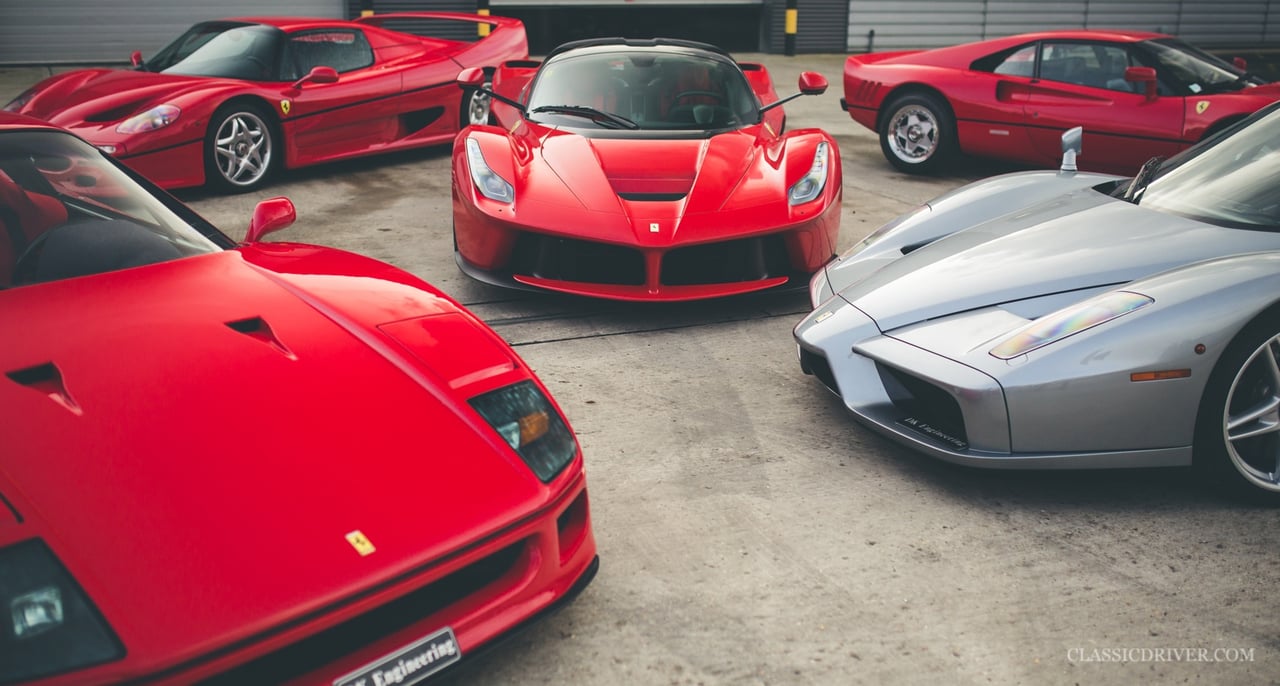
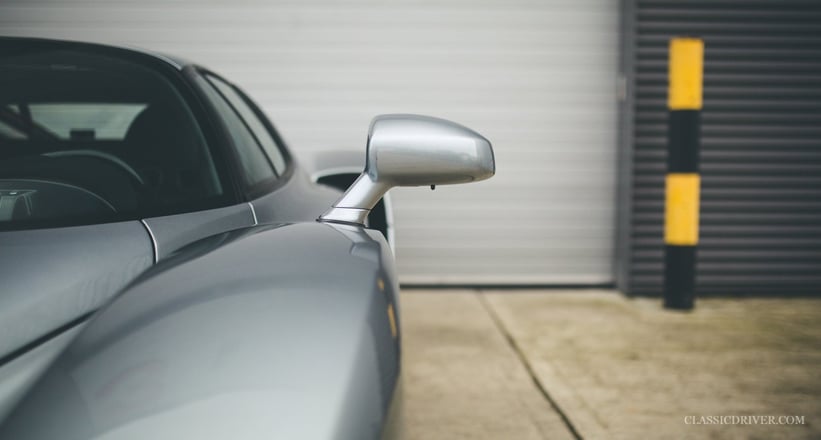
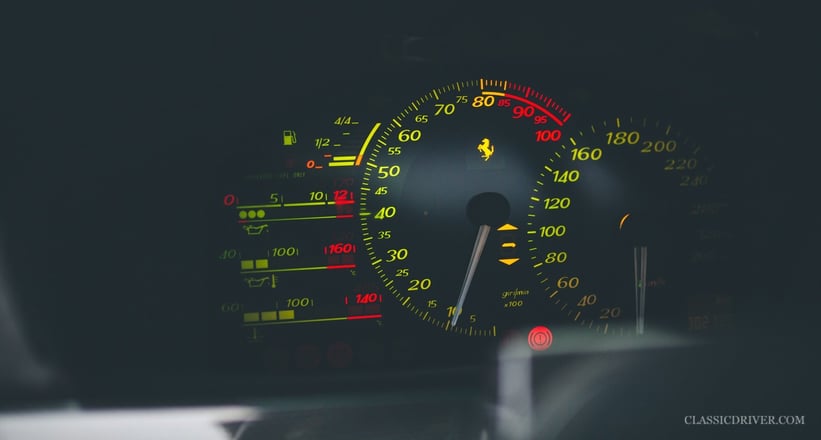
I think the Ferrari 288 GTO is the supercar that started them all. I know that often people refer to the Lamborghini Miura as the original supercar, but the GTO was the first model of that type to be launched specifically for a VIP client, and I think that’s part of what a supercar is all about. The F40, F50, Enzo, and LaFerrari stem from that very same principle.
It wasn’t that long ago that we aimed to always have a 288 GTO, F40, F50, and Enzo in stock, but in the last four years or so, it’s become an impossibility because of the amount of money we’d have to have tied up in all of them. People started to realise that there were five cars out there, and they could buy one of each and build a collection. They weren’t cars that appealed to traditional collectors of old, whereas now, with the rising popularity of modern supercars, they’ve come into demand.
Jekyll & Hyde
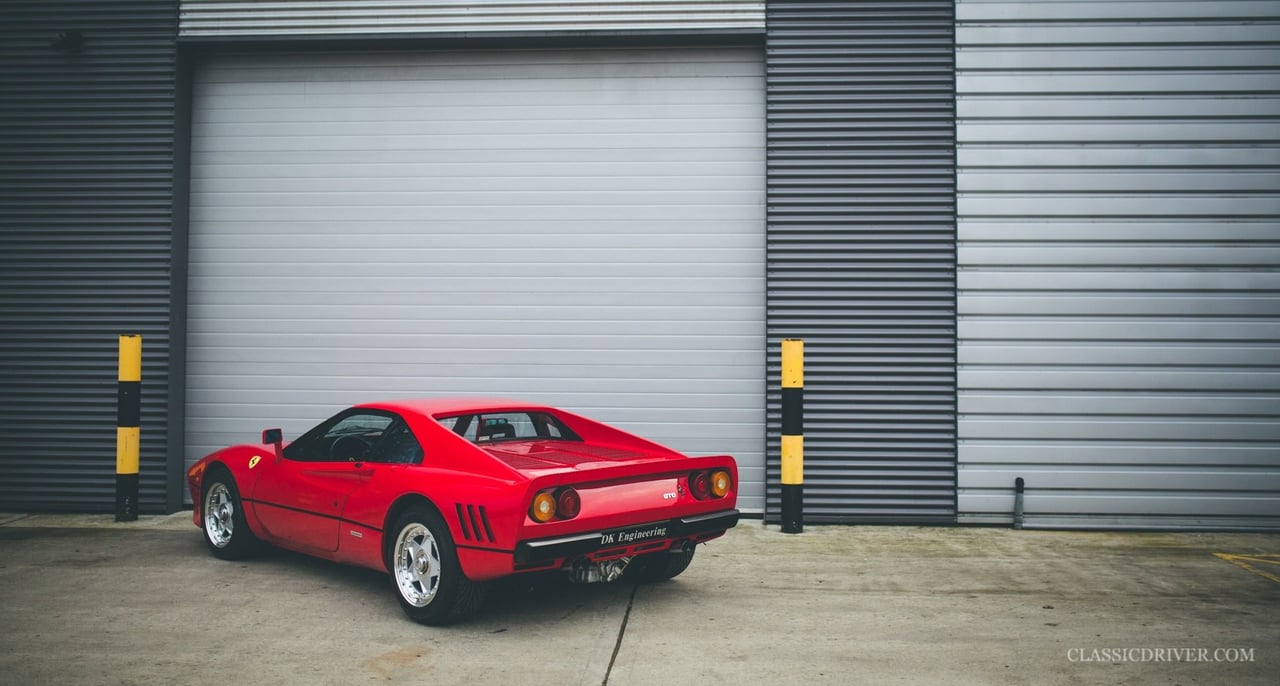

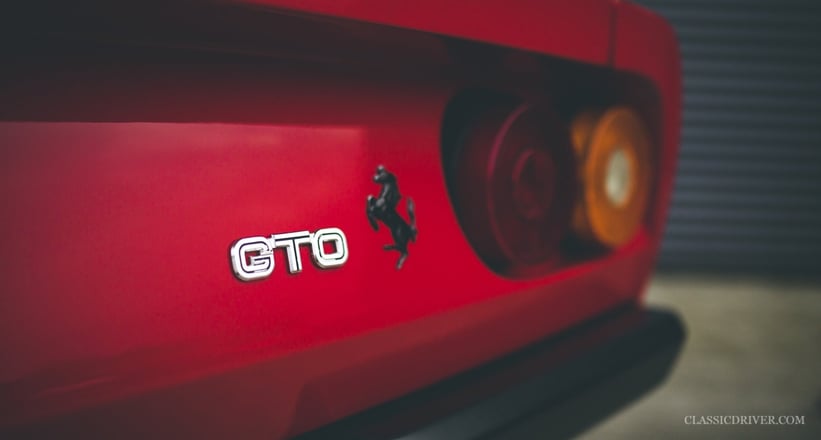
The two best things about the 288 GTO are the connoisseur’s subtlety, in that you’ve really got to know what you’re looking at to understand what it is, and the fact they’re just such good A-to-B cars. It’s the most comfortable of the set, and they’ve got a real element of refinement to them. It also doesn’t have very wide tread, so when those turbos do spool up and, if you’re in the wrong conditions, it can catch you out. An F40 reminds you as soon as you jump in that you need to respect it, but a 288 is a little bit of a wolf in sheep’s clothing.
There were three options from new, one of which was ‘Lusso’, which meant full black leather as opposed to red inserts. Often people think that the red inserts were the option, but that’s not the case. It also had electric windows and air conditioning. I’ve seen people trying to sell 288s without these options as ‘lightweight’ cars, but the only thing that’s lightweight about them are the original owners who didn’t want to spend the extra money. If you owned all five F-Cars, it’s probably going to be the one you’d drive the most. For that reason, I think those options are a nice thing to have.

For a 288 GTO, the more service history the better, but don’t be surprised if it has very little. I think the huge emphasis on consistent service history has only become relevant for all these cars in recent years. Low-mileage cars are worth a lot more than high-mileage cars, but I wouldn’t say that either is more desirable, personally. The official production number is 272, but if you buy Joe Sackey’s definitive book, he lists 284 chassis numbers, and over the years, I’ve added at least three cars to his list. The minimum that you’ll be able to buy a 288 GTO for is around £1.75m and the maximum…well, the sky’s the limit.
It's raw
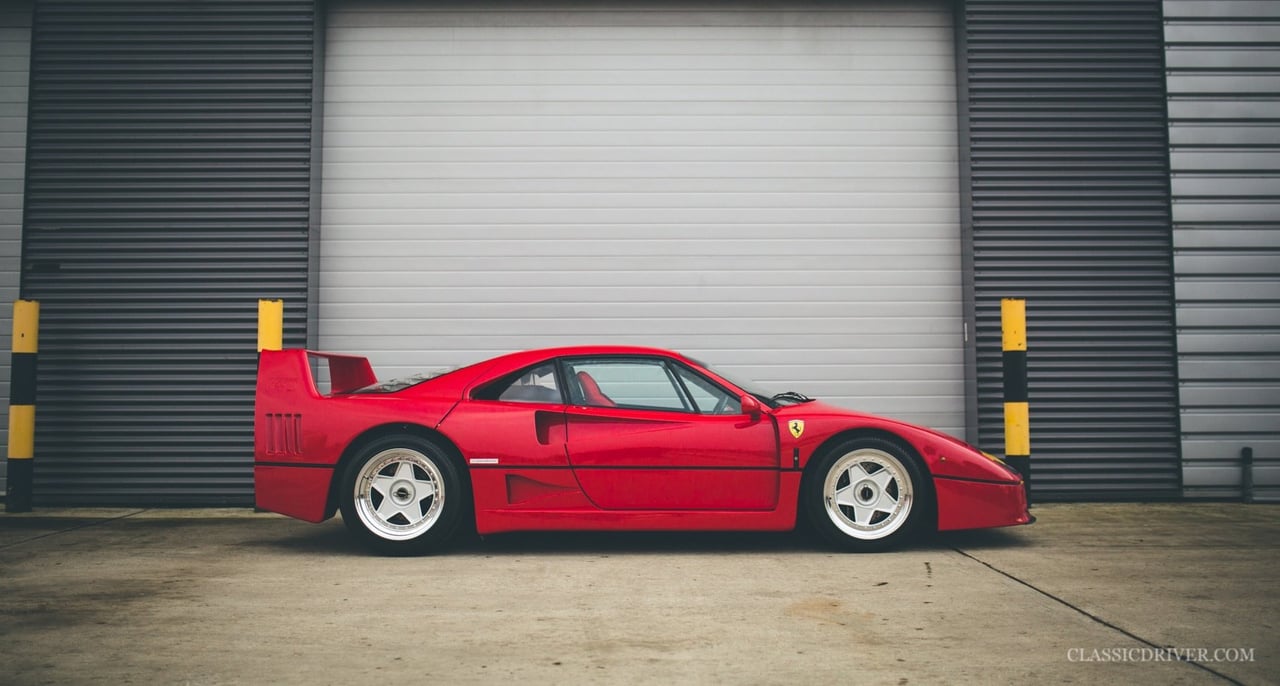

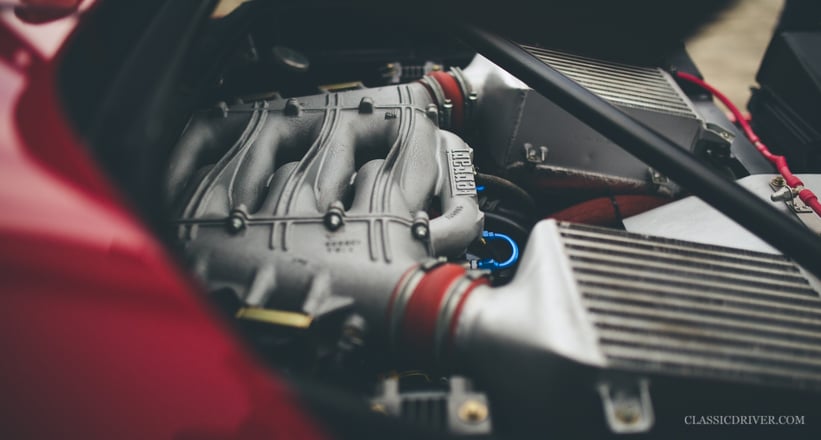
Instantly, the F40 is more recognisable as a road racer — it’s got a much more aggressive stance, and everything about it, from the rear spoiler and vented rear window to the multiple NACA ducts, scream that it’s been developed with performance in mind. There’s no better way to describe an F40 than raw. They have no ABS, no traction control, and not even a heating system.
What car you want comes down to personal preference. Ferrari probably only intended to build about 350 but then decided that it would ramp production up, building a U.S.-specification car and, as time passed, introducing catalytic converters and then the option of adjustable suspension. The only reason I’m not a fan of the latter is purely because it’s an automatic system, so as soon as the car drops below 30mph, it automatically rises.
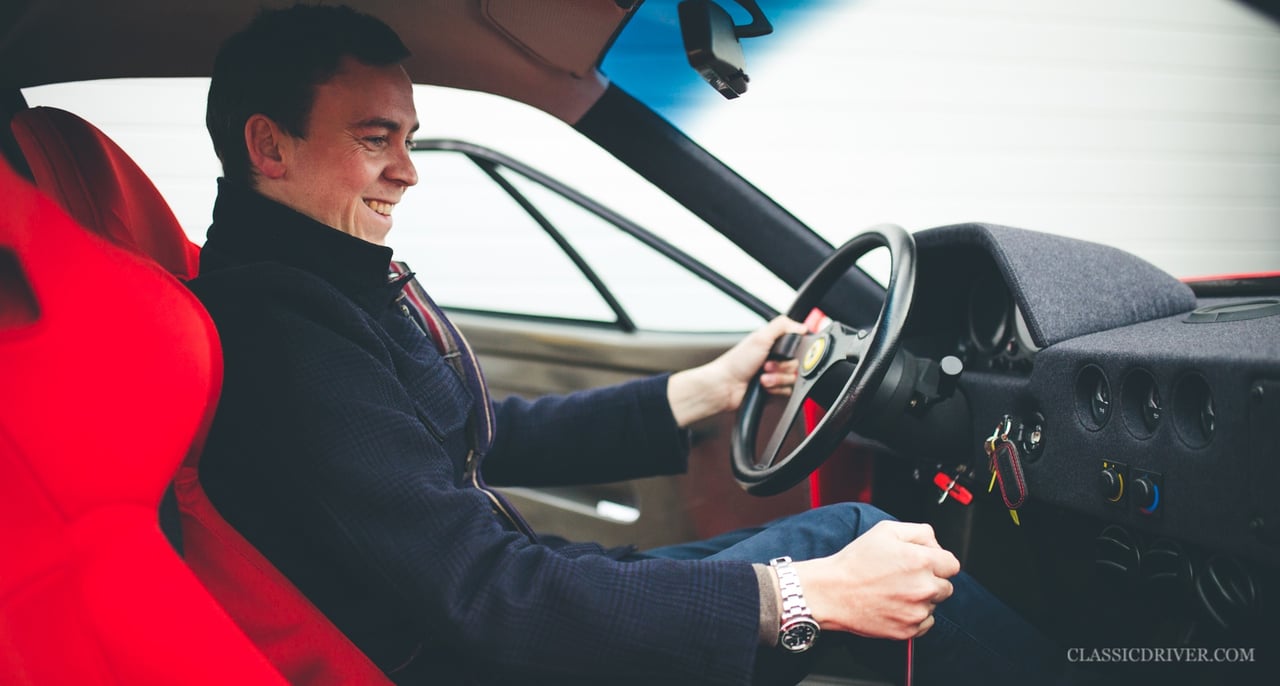
For me, personally, the best variant is going to be an early car — one thrown together in the spirit of which the car was intended, with non-cat, non-adjust, and visible weave (although it’s a myth that all early or unpainted cars should have visible weave). That raw build quality matches the personality of the car so much more.
Recent service history is very important, but don’t be surprised if there isn’t any over its whole life, particularly in the 1990s. We’ve sold at least 150 F40s, so we know them intimately. They do need new fuel tanks every 10 years, which costs £12,000 plus VAT. But considering the value of the cars, it’s an insignificant cost. Tyres are available, turbos are easily overhauled, and thorough, good maintenance is recommended. Expect to pay anywhere from £750,000 to £1.25m.
All boxes ticked
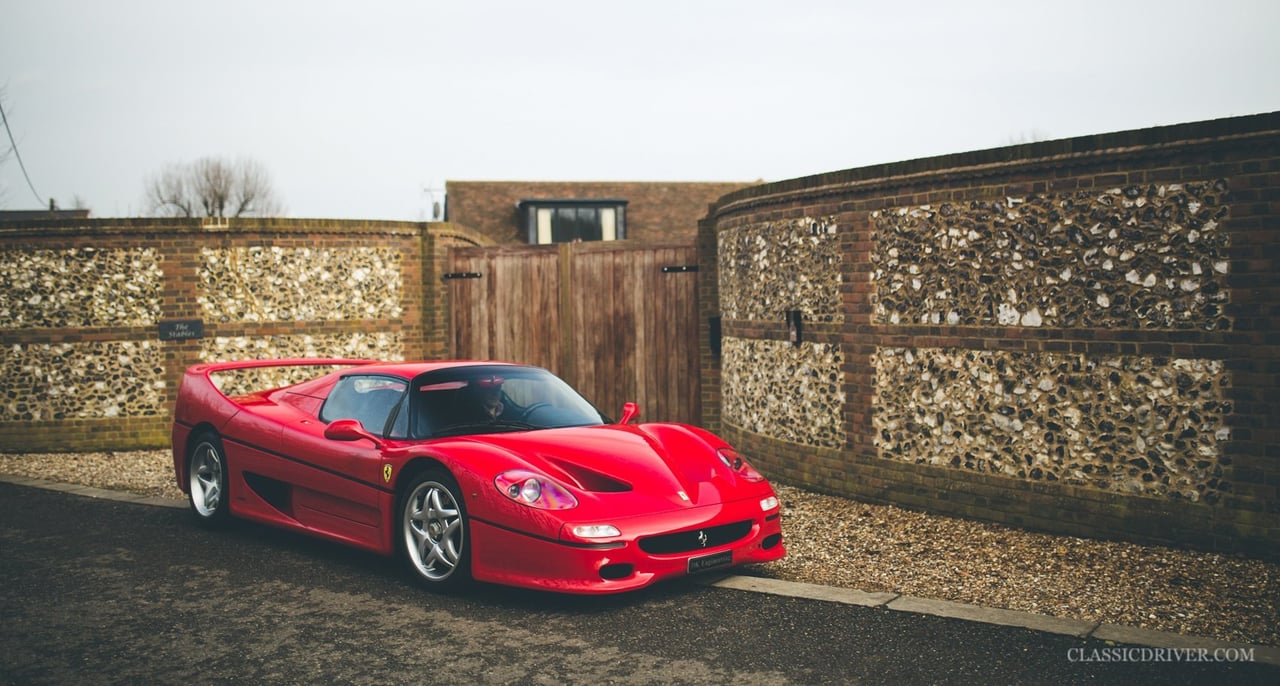
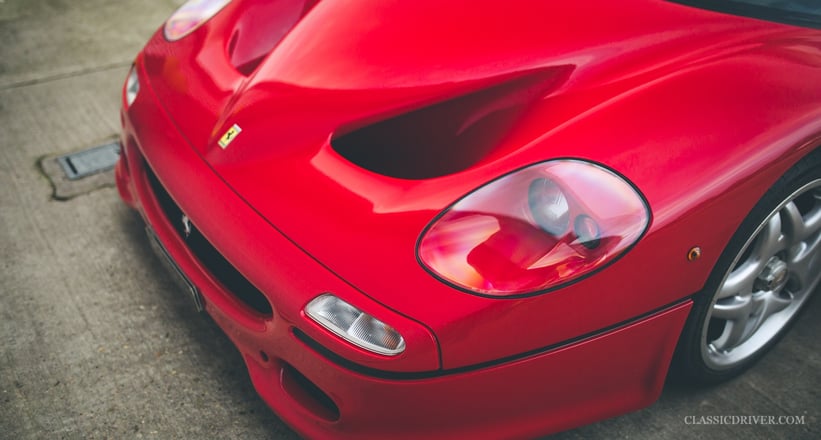

The F50 is an entirely different car. It’s a very linear experience, and the way in which the car handles on the very limit is so communicative, which doesn’t necessarily surprise you. Both a hard- and soft-top V12 Ferrari, with a unique engine and chassis design, it’s such a clever car. There are two reasons why I think they’ve been slightly in the shadows — one is that, when they were new, there was this other great car called the McLaren F1, and two, the modernised F40 styling is divisive.
Ferrari really made the original F50 owners feel special in terms of the paraphernalia it provided in the run-up to delivery. When your car was being built, you were presented with a book of photos of your block being cast, your chassis being built, and the like. These things go missing over the years, but they were a really nice touch. You were even supplied with a pair of racing Tod’s in your size, which, again, you don’t see very often. These are definitely things I look out for with these cars. In recent years, there’s only one car I can remember that had all the bits and pieces with it, right down to the little torch that sits in the middle of the car.

Because it was so advanced for its time, maintenance is even more important. The fuel cell needs changing every 10 years, which is actually a very difficult job because the best way to do it is to remove the engine and gearbox. That said, I wouldn’t say they’re overly unreliable — you just need to find a good car. Today, minimum value is in excess of £1m, but expect to pay anywhere up to £2m for the very best cars.
A step change

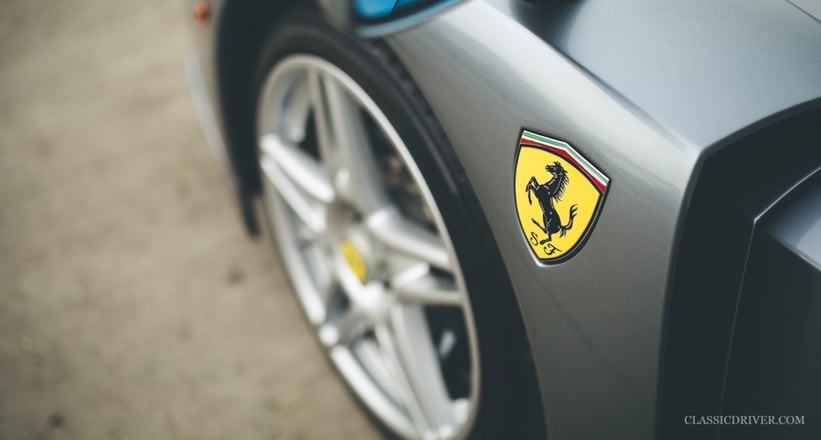
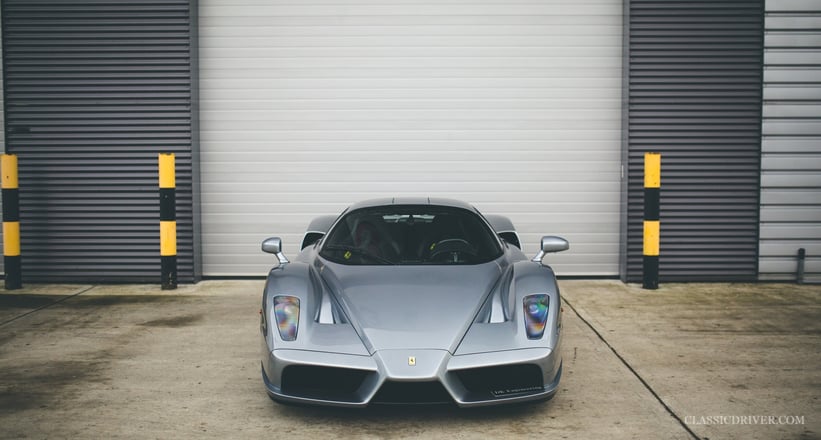
The Enzo is actually a very enjoyable long-distance driving car. I’ve done so many miles in them, and I found that, because it doesn’t have a highly strung engine like the F50’s, it’s very comfortable. That said, the engine and brakes are fantastic and really confidence-inspiring at the limit. When it steps out of shape, it’s very progressive, and it’s an easy car to control in terms of throttle and steering. I think the biggest weakness of the Enzo is that the gearbox is, by today’s standards, disappointing.
The car shares a lot of common parts with cars from the rest of the Ferrari family, which actually makes it more robust. You want a car that’s been used but not abused. I like the idea of an alternative colour on an Enzo — it was the first of the set that was actually offered in a small selection of colours (on special request and costing 30k euros), and I think an alternative shade is always going to be worth a premium. Values currently vary from £1.35m to £2m.
The Ferrari
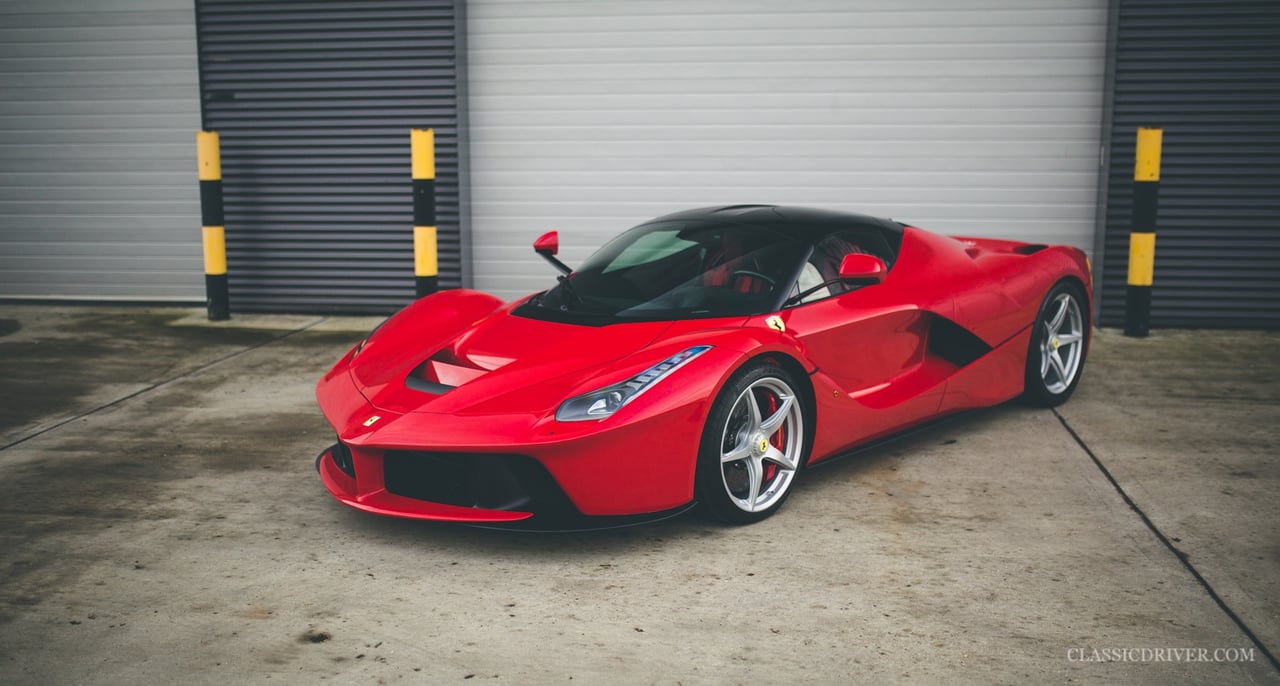
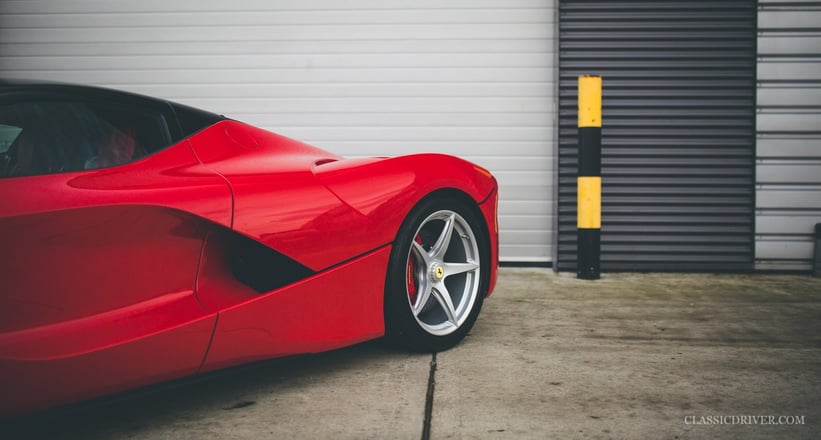
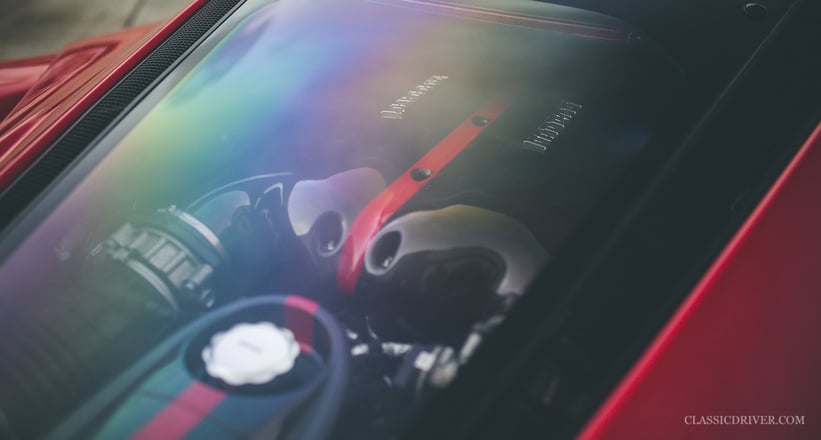
You can’t argue that the LaFerrari is the latest and greatest. In terms of design, innovation, and outright performance, it’s very difficult for many cars to be better than that in the coming years. As with all these hybrids, I’m a little bit sceptical about what will happen in the coming years in terms of maintenance and reliability. I don’t think it’s something that’s going to affect the value too much, but it is something to be conscious of.
I think you need to look for a nice specification — there is so much more to choose from on a LaFerrari, which makes a big difference. Carbon-fibre bits and pieces and colour combinations, while subjective, I think will make a big difference to the values. I think the fact people are paying so much for what is a new car maybe reflects that they were just good value when they were new. If you think about how much a private jet or the latest and greatest motor yacht costs, does 1.2m euros seem like good value?
A greater force
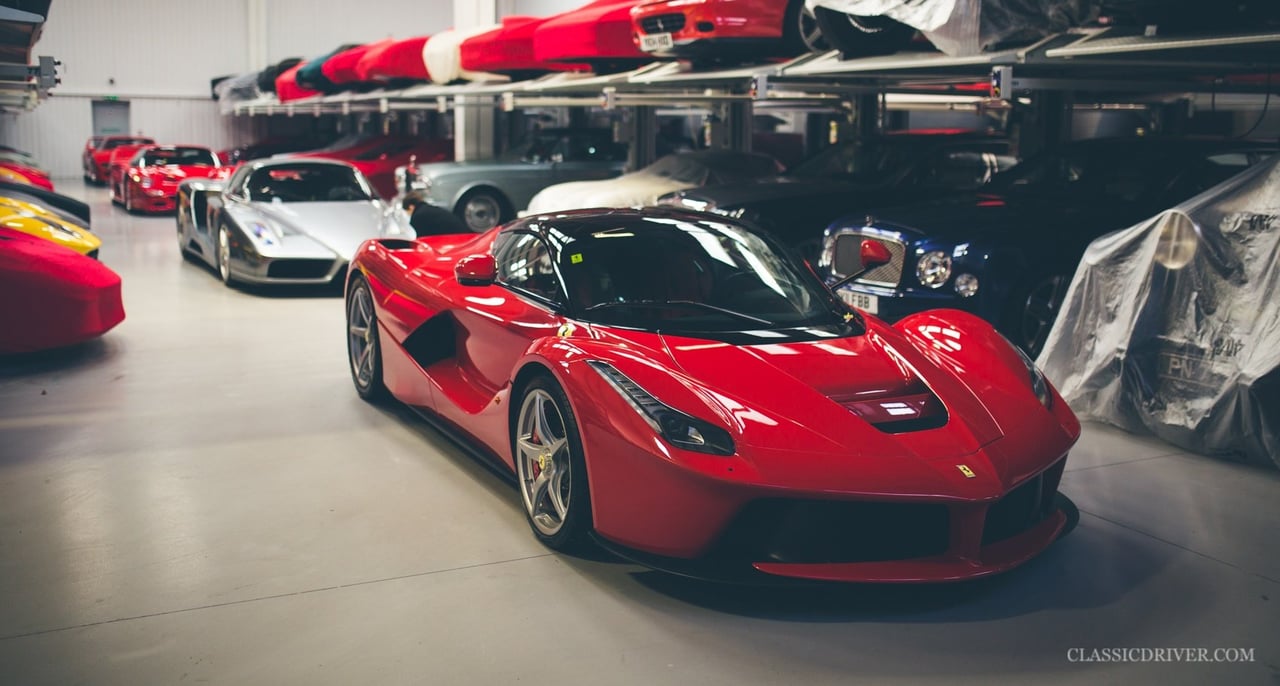
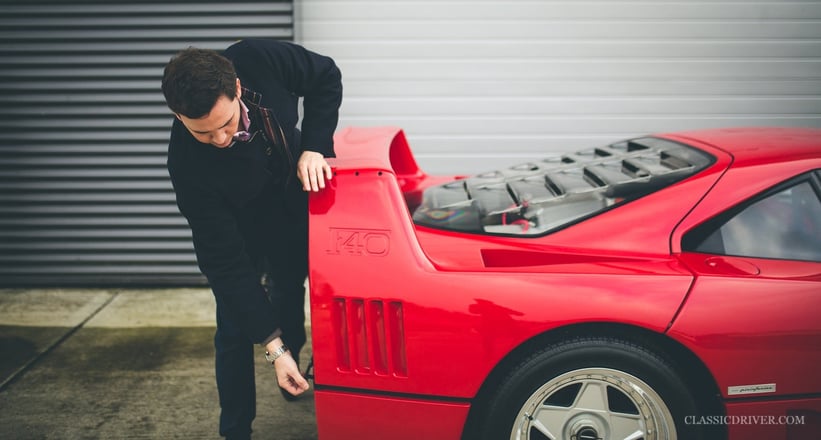

I think there’s got to be a dramatic problem in the market for these cars not to continue to rise in value. First and foremost, it’s about wanting to own one for enjoyment’s sake rather than pure investment. But if the values did all dip overnight, there would have to be something wrong with the entire world rather than just the car market. We’ve sold so many F40s and that’s the one that sticks out in everyone’s memory — it’s the most popular of all of them. But I could never say which is my favourite. It would all depend on what I’m doing!
Text: James Cottingham / Photos: Tom Shaxson for Classic Driver © 2017



































































